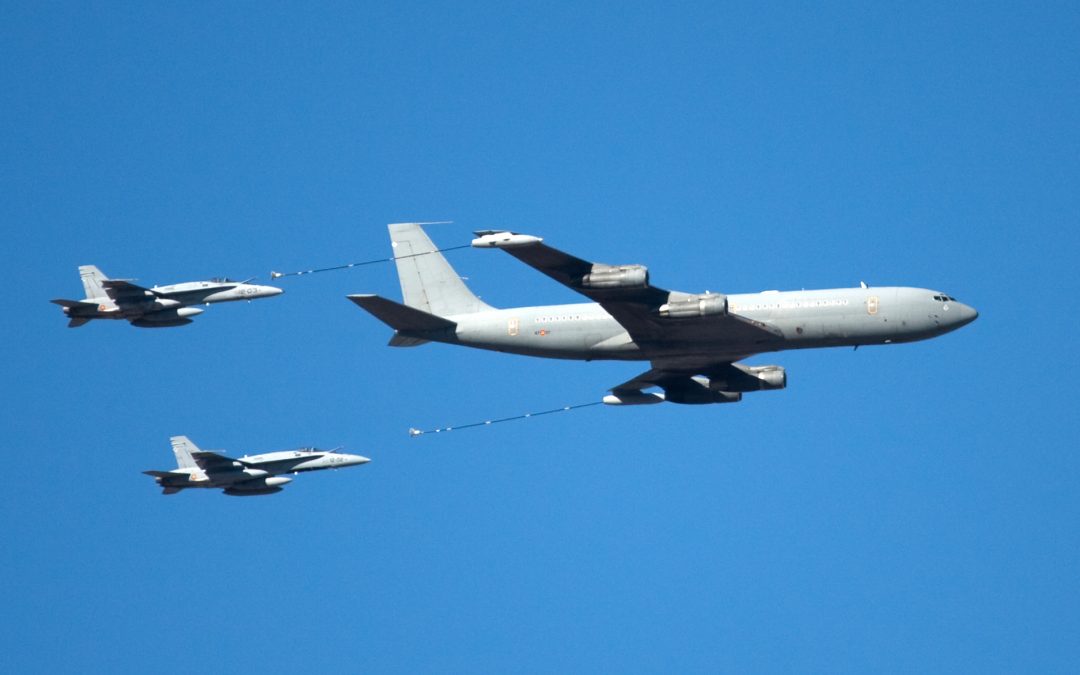Aerial refueling, also known as air-to-air refueling, in-flight refueling, and tanking, is the process of transferring aviation fuel between two aircraft mid-flight. The aircraft loading the fuel is known as the “tanker,” with the recipient being the “receiver.”
Aerial refueling allows aircraft to remain in the air for much longer than is usual, and the process can also lead to fuel and time savings during extended manned flights. As the process is inherently dangerous due to the proximity the aircraft must maintain, aerial refueling is typically reserved for military operation flights greater than 3,000 nautical miles.
Aerial refueling was first explored shortly before World War II and has since grown in usage to become a standard process among military operations worldwide.
Fun fact: In 1958, thanks to aerial refueling advances, a special design Cessna 172 Skyhawk set the record for the longest manned flight without landing at 64 days, 22 hours, 19 minutes, and five seconds!
Beginning the Process
Aerial refueling begins with the two aircraft closing in on each other midair. The process is dangerous and skill-intensive as the two aircraft must maintain a distance of 100 feet or less between each other. The planes must account for disruption and turbulence, especially the smaller tanker.
Types of Aerial Refueling Systems
Once the aircraft are settled in the distance, there are currently two ways to connect the two aircraft during an aerial refueling process:
“Probe-and-drogue” – This system has the tanker use a long hose with a funnel-shaped drogue to plug into a probe on the receiver. Once the tanker extends the hose, the receiver pilot must maneuver the receiving probe to latch onto the drogue. The latching must be done at a particular speed; moving too slowly will cause the probe not to latch, and moving too quickly will puncture or break the hose.
Although most fuel tanker aircraft are designed and manufactured for the specific purpose of refueling, existing aircraft designs can be refitted to operate a probe-and-drogue system.
Flying boom – This system uses a rigid tube, named the boom, to connect the two aircraft. A dedicated operator directs the boom into a small opening on the recipient aircraft. The Air Force favors this system as the flying boom transfers fuel faster than the probe-and-drogue (6,000 lbs/min vs. 2,000 lbs/min).
After Connection
Both aircraft must remain in steady flight while connected. Any sudden movements or speed changes will cause an automatic release of the filling device, requiring the connection to be remade.
Once aerial fueling is complete, the tanker will power down the fueling device to disconnect the boom or drogue. The fueling devices are then retracted, and put away and the planes coordinate to complete their missions.
Interested in pursuing a career in the aviation field? Fill out the form below to get connected with National Aviation Academy and start your aviation maintenance journey!

